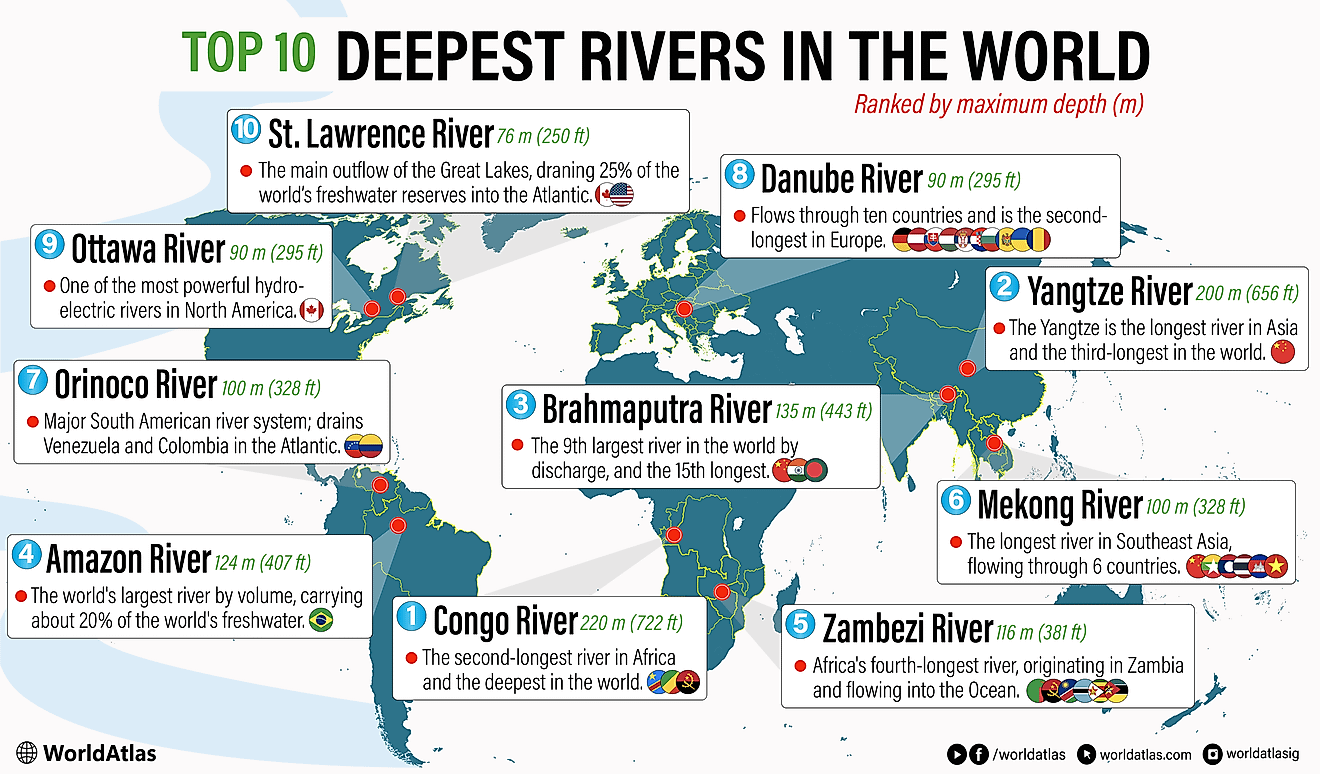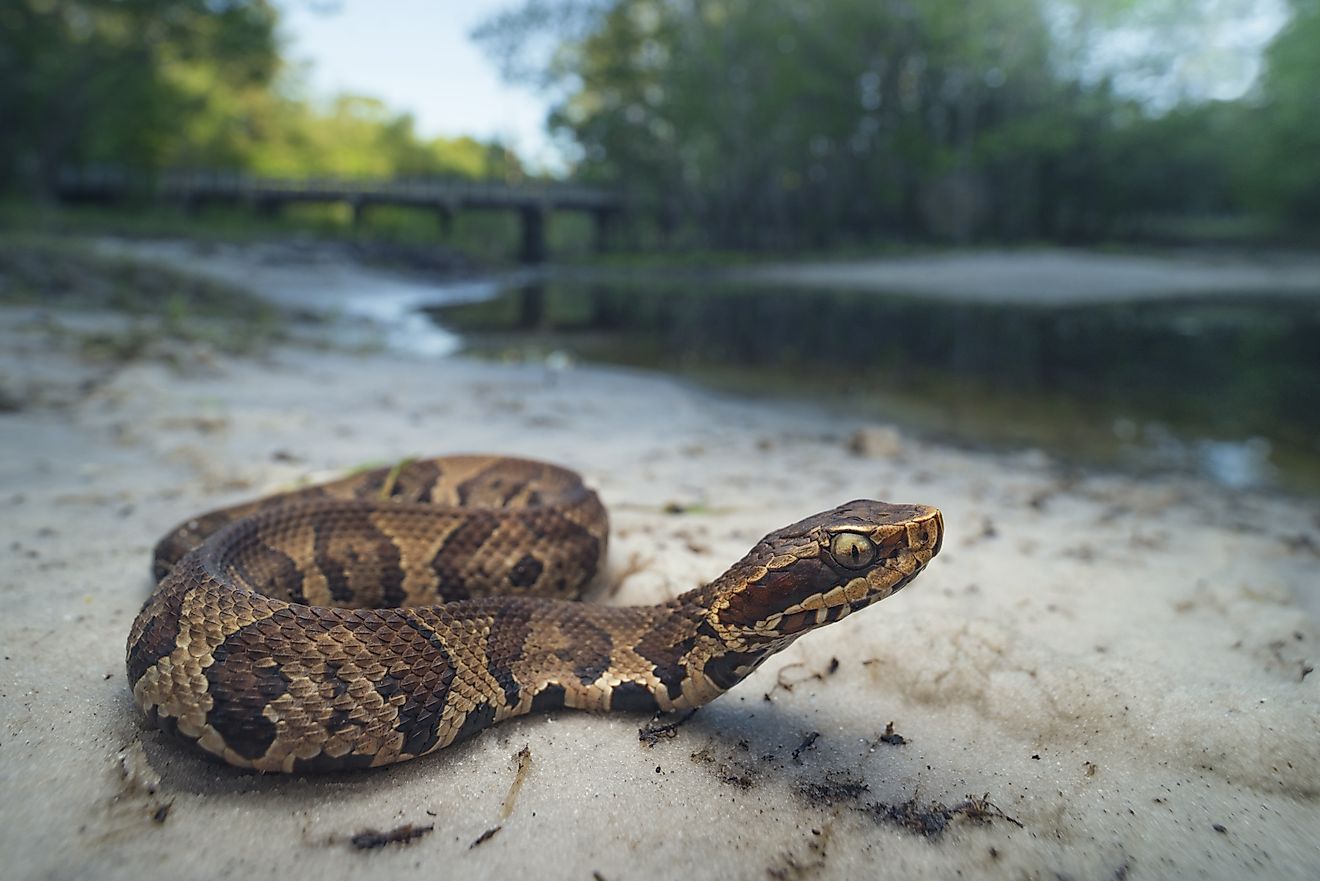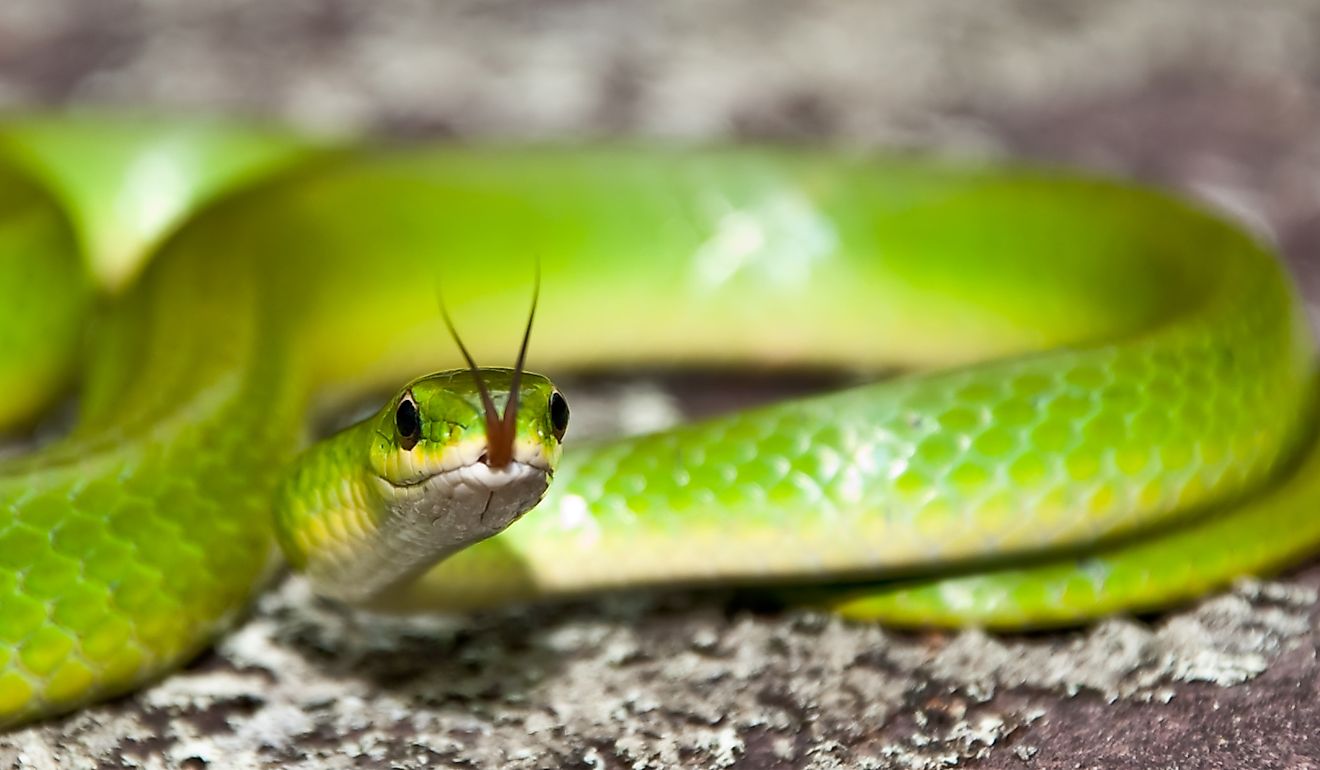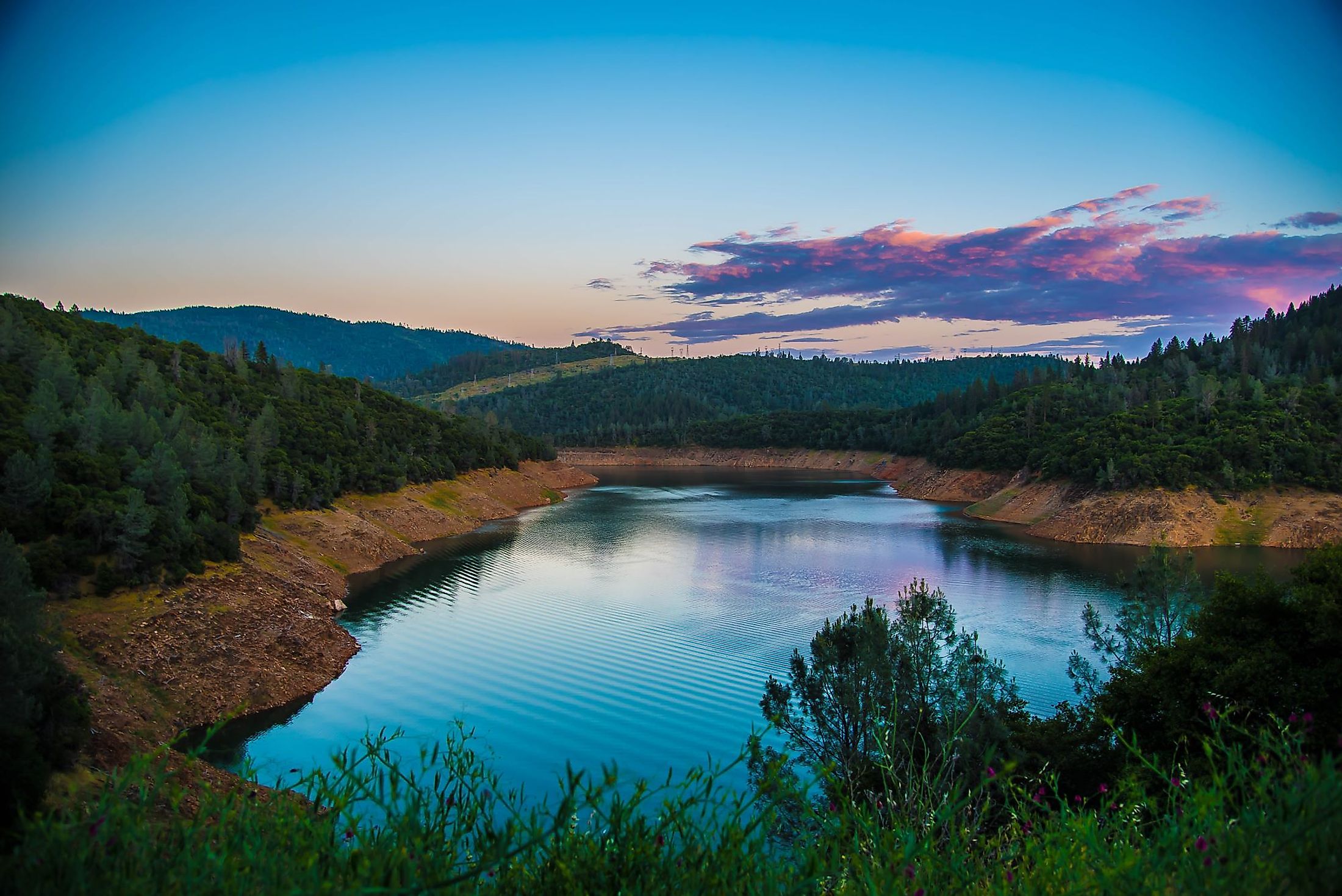
Lake Oroville
Lake Oroville is a reservoir situated in Butte County in the northern portion of the US State of California. The lake is located 8km northeast of Oroville in the western Sierra Nevada Foothills, inside the Lake Oroville State Recreation Area. When full, Lake Oroville stretches for 10 miles. Camping, picnics, bike riding, jogging, sail, and engine boating, water-skiing, and swimming are all available along the lake's 269km shoreline. Lake Oroville is California's second-largest reservoir, while the Oroville Dam is the tallest earthen dam in the United States.
Geography And Climate Of Lake Oroville
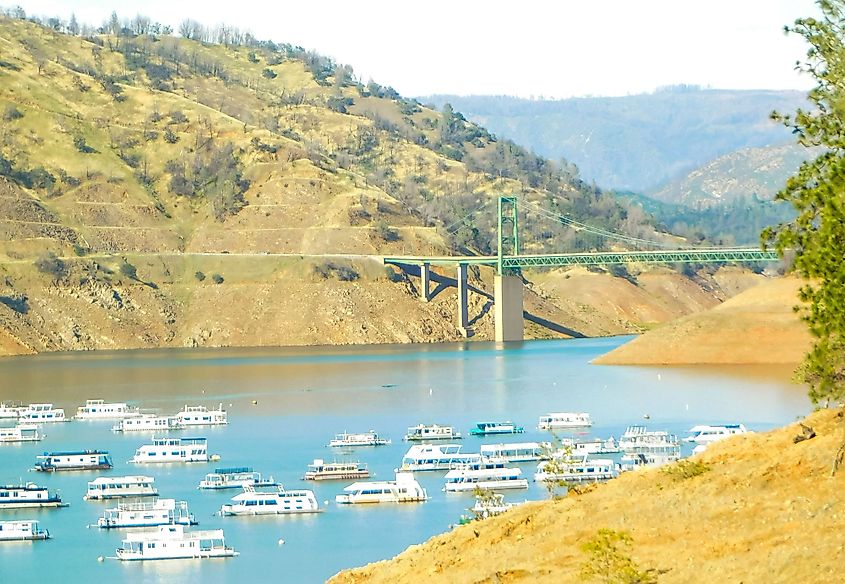
Lake Oroville is in Butte County, about 75 miles north of Sacramento, at the Sierra Nevada foothills. Oroville Dam is an earth-fill dam consisting of an impermeable core surrounded by sand, crushed rock, and rockfill elements. The impoundment of the Feather River by the Oroville Dam has led to the creation of Lake Oroville, which is the second-largest reservoir in California, after Shasta Lake, with a storage capacity of nearly 4.3 cubic kilometers. The reservoir is supplied by mountain drainage from the Feather River's forks and serves as the heart of the California State Water Project, which provides water to 29 urban and agricultural water agencies. The lake also aids in flood management, hydroelectric power generation, and salinity control in the Sacramento-San Joaquin River Delta. Oroville's reservoir is around 744 feet high, with 1.62 million acre-feet of storage, which is 46 percent of its overall capacity and 70 percent of the average level. The surface level of water of the lake is 900 feet above sea level when it is full.
The climate in Lake Oroville is Mediterranean, with hot, dry summers and chilly, wet winters. Northern California's weather is dominated by a semi-permanent high-pressure area in the mid-Pacific Ocean. This high-pressure cloud drives storm tracks to the north during the summer, resulting in this scorching, dry summer. It flows south in the winter, letting storms pass through northern California, resulting in wetter and cooler winters. Summer is the hottest month, with average highs of 93 degrees Fahrenheit in June, July, and August. The water temperature is between 48 and 58 degrees. In the summer, surface temperatures in Lake Oroville vary from 70 to 78 degrees.
History Of Lake Oroville
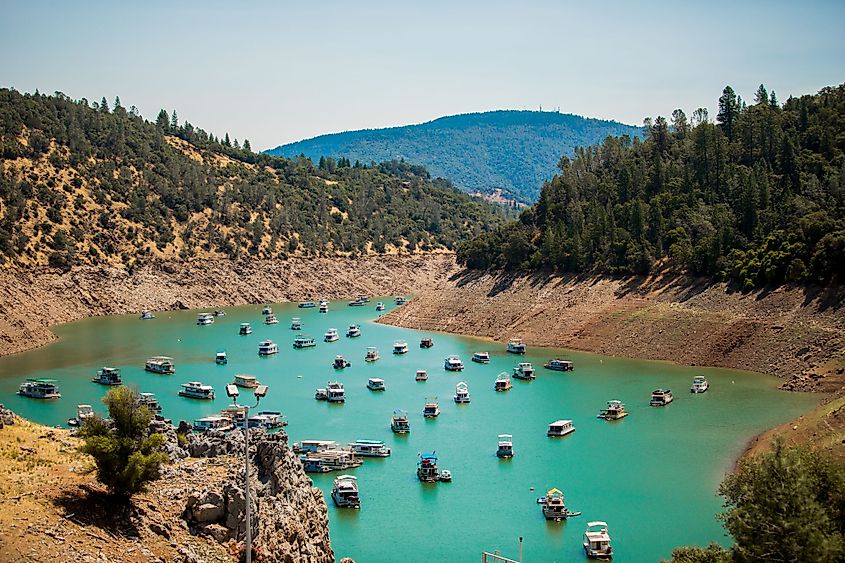
The California Department of Water Resources constructed Lake Oroville. The embankment was filled out in 1967, and the overall operation was ready for use in 1968, despite various challenges faced during construction, including numerous floods and a massive train crash on the rail route that used to bring supplies to the dam site. The Feather River achieved a high flow of 250,000 cubic ft/s above the Oroville Dam site on December 22, 1964, following days of heavy rain. While a high of 157,000 cubic ft/s poured from the diversion tunnels, the water swelled behind the half-built embankment dam and nearly overtook it. On September 7, 1977, the lake's lowest point, 645.11 feet, was set at the end of California's worst drought on record. Oroville Lake was built to handle the region's biggest earthquake and is equipped with hundreds of instruments to monitor water pressure and the movement of the earth fill used in its construction, earning it the title "the dam that speaks back." Northern California was hit by a severe drought in 2015, with the lake level dropping to 39% level in January 2016. The above-average rainfall in 2017 compensated for the five-year drought. A new threat arose because of the surplus water. Another drought-hit California in 2021, causing the lake level to drop to 35 percent of its level in July. On August 5, the power plant was closed due to a lack of water to turn the hydroelectric turbines and generate electricity. The lake was only 24% full. It was the first time since the Oroville Dam was constructed in 1967 that this had happened, and the event became a symbol of California's major drought.
Ecology Of Lake Oroville
Fishermen have discovered four different species of bass in Lake Oroville, but there are plenty of other species to pursue as well. Lake Oroville is the state's only lake where one may catch Coho Salmon. Catfish, rainbow and brown trout, walleye, and blue fish are all present in the lake, and fishing is permitted throughout the year. The lake provides suitable habitat for bald eagles. Fish is one of the eagle's primary food sources, and big bodies of water, such as Lake Oroville, supply a diverse range of fish as well as other popular food sources, including ducks, small birds, and animals.









